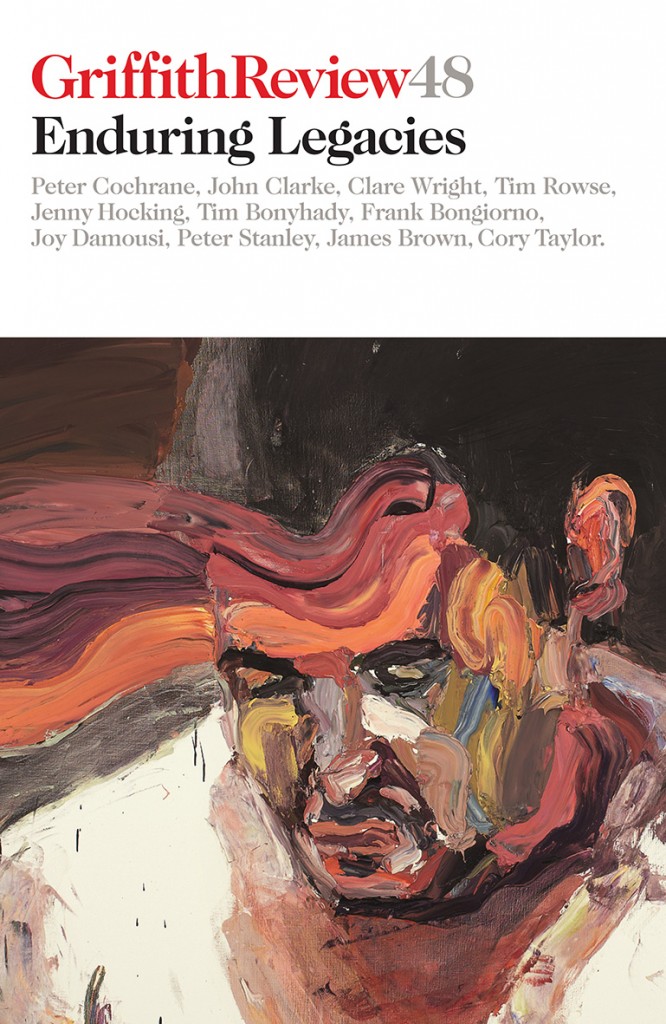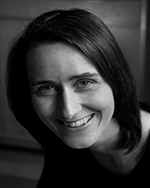Featured in

- Published 20150505
- ISBN: 9781922182807
- Extent: 264 pp
- Paperback (234 x 153mm), eBook

Already a subscriber? Sign in here
If you are an educator or student wishing to access content for study purposes please contact us at griffithreview@griffith.edu.au
Share article
About the author

Marina Larsson
Dr Marina Larsson is an award-winning historian who has lectured at La Trobe and Monash universities. Her book Shattered Anzacs: Living with the Scars...
More from this edition

Anzac instincts
EssayIT IS A curious thing, perhaps unique to Australia, that someone appraising the phenomenon of Anzac – that shared national oath to remember military...

Dear mother
EssayI am the scattered cherry blossomthat falls in the spring.I am the snow that feathersthe top of your headyour shouldersthe tip of your nose.I...

Marked men
EssayGERMAINE GREER’S FATHER never hugged her. Born just before World War II, Greer’s childhood was overshadowed by a father who had served in military...